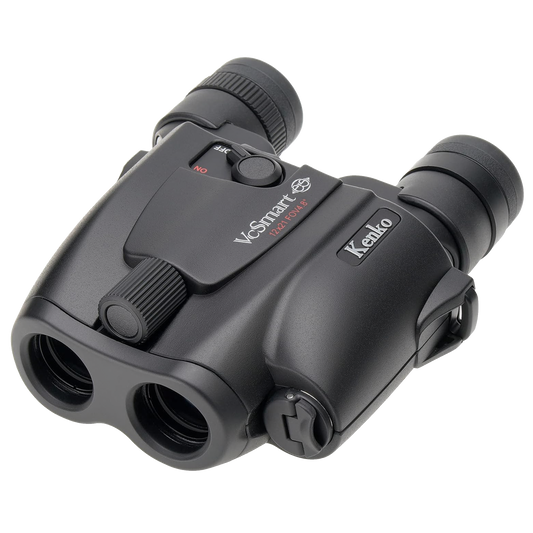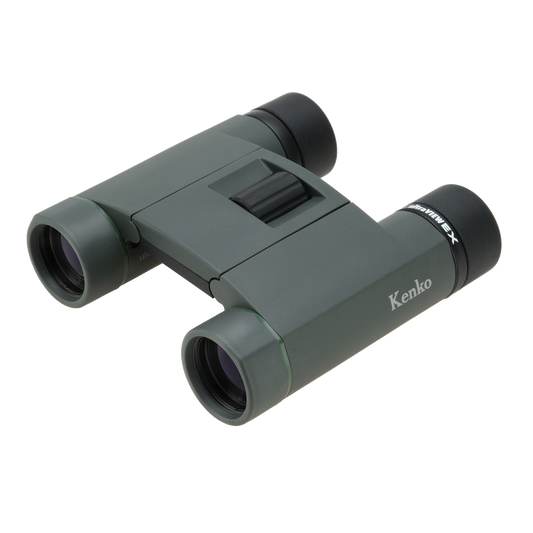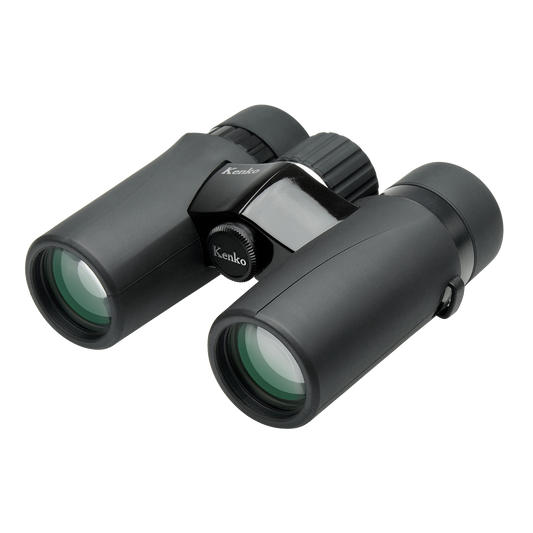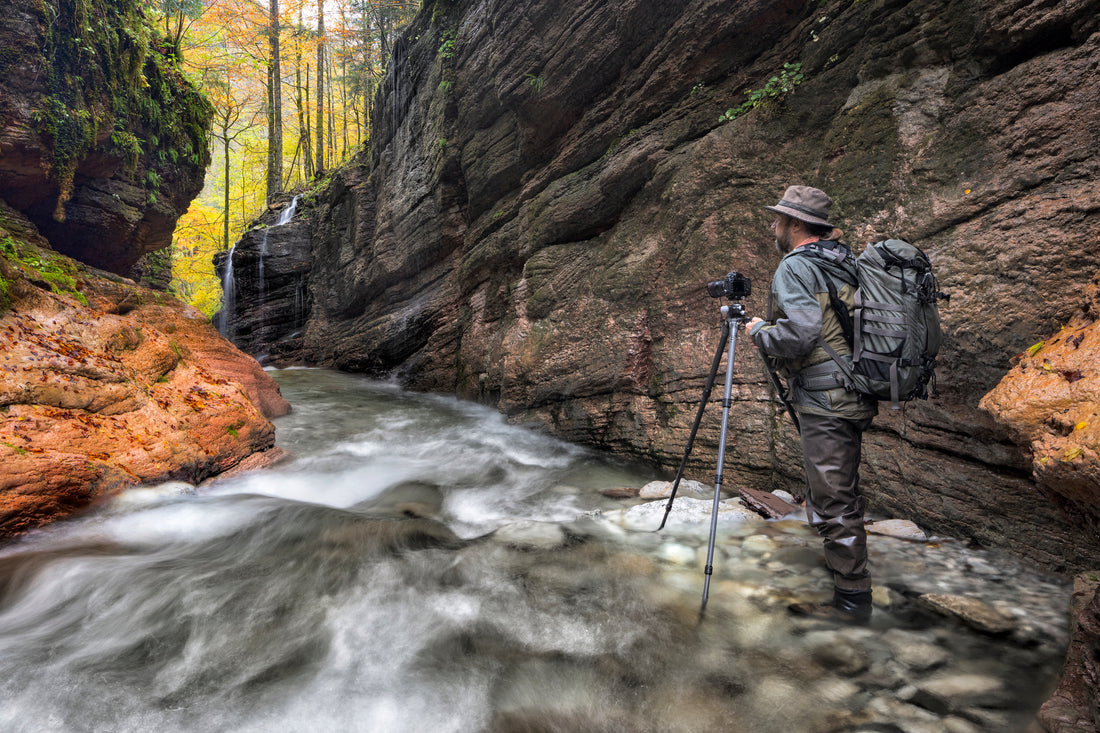
Why Variable ND Filters are Better Than Fixed ND Filters

photo by DieterMeyrl via iStock
The title of this article will make old-timers gasp because in the past, variable ND filters had quite the reputation for not being very good.
In particular, poorly-made variable ND filters often created an ugly X-pattern of darkness right in the middle of the photo. Usually, this X-pattern showed up when using the minimum or maximum densities offered by a cheap variable ND filter, though some were so bad that the X-pattern shows up throughout the variability range.
And while this problem persists in some low-budget variable NDs, it’s no longer an issue for higher-quality filters.
Other improvements and refinements have made variable NDs a solid alternative to fixed ND filters. Here’s just a few reasons why variable ND filters are better.
Why Variable ND Filters are Better: Convenience

photo by tigristiara via iStock
A variable ND filter screws onto the end of your lens, just like a circular polarizer.
That means that these filters are a one-and-done situation - attach it to the lens and off you go! There’s no messing around with attaching a filter holder or swapping out different ND filters, as shown above.
Instead, you simply turn the filter housing to increase or decrease the filter’s strength. You can’t get much more convenient than that.
Learn More:
Why Variable ND Filters are Better Than Fixed: Size & Weight

I’ll be the first to admit that a standard ND filter kit isn’t exactly big and heavy, but it’s certainly bigger and heavier than having a single variable ND filter in your kit.
I don’t spend a huge amount of time hiking long distances or traveling, but when I do, I have a variable ND filter in my bag, not my collection of three solid ND filters and all the fittings that go with them.
If you’re going to be out shooting for a long time or if you’re traveling long distances, every pound and every ounce matters. From that standpoint, a variable ND filter is the way to go if you ask me.

I personally use the Kenko Variable NDX filter and have been hugely impressed with its build quality and performance.
My 77mm filter weighs just 1.76 ounces, so it helps me keep the weight of my kit to a minimum. And since there’s just one filter, it takes up less room in my bag so I can fit a couple more snacks in there. Who doesn’t want more snacks?!
Of course, quality is important, too, and Kenko has knocked it out of the park.

The finest-quality Japanese Asahi optical glass is used to garner you the best results. WIth polarization foils built-in, this filter has next to no color shifting, which is precisely what you want in a ND filter!
Better still, this filter does not create that terrible X-pattern I spoke of earlier, so what you get is a gorgeous photo no matter if you’re using the filter at 1.5 stops, 10 stops, or somewhere in between.
Upgrade your shooting experience with a high-quality variable neutral density filter. START SHOPPING NOW.
ND Filters vs Variable ND Filters: Variable NDs Minimize Vignetting

If you want to increase the light-stopping power of your traditional ND filters, you often have to stack them to do so.
The problem with this is that vignetting can often occur when stacking ND filters. And while adding vignettes was cool on Instagram a few years ago, it’s usually not something that you want in your photos, especially not to a great degree.

Good variable ND filters like my Kenko NDX avoid vignetting, and therefore offer improved performance in this regard.
The slim mounting ring offers enough surface area to easily grip the ring to adjust the filter, yet at the same time, is thin enough that vignetting is not a problem. It’s the best of both worlds!
Variable ND Filters are Better for Video

Photo by Maddy Baker on Unsplash
If you shoot video, a variable ND filter is definitely the way to go.
Because you need to control the shutter speed at a slow and constant rate, having to swap out standard ND filters in changing lighting conditions can be a laborious and virtually impossible task.
Instead, when shooting video, a variable ND filter offers much more convenience because you can simply turn the filter ring to instantly adjust the filtering power as needed.

Photo by Jay Wennington on Unsplash
So, variable ND filters - good ones, anyway - offer improved convenience, are lighter weight, minimize vignetting, and are much easier to use for video.
Though there are many advantages of using standard ND filters, when it comes down to it, I often find myself reaching for my variable ND over my standard ND kit. Maybe you should do the same!
Learn More:
Originally posted on PhotographyTalk.com
